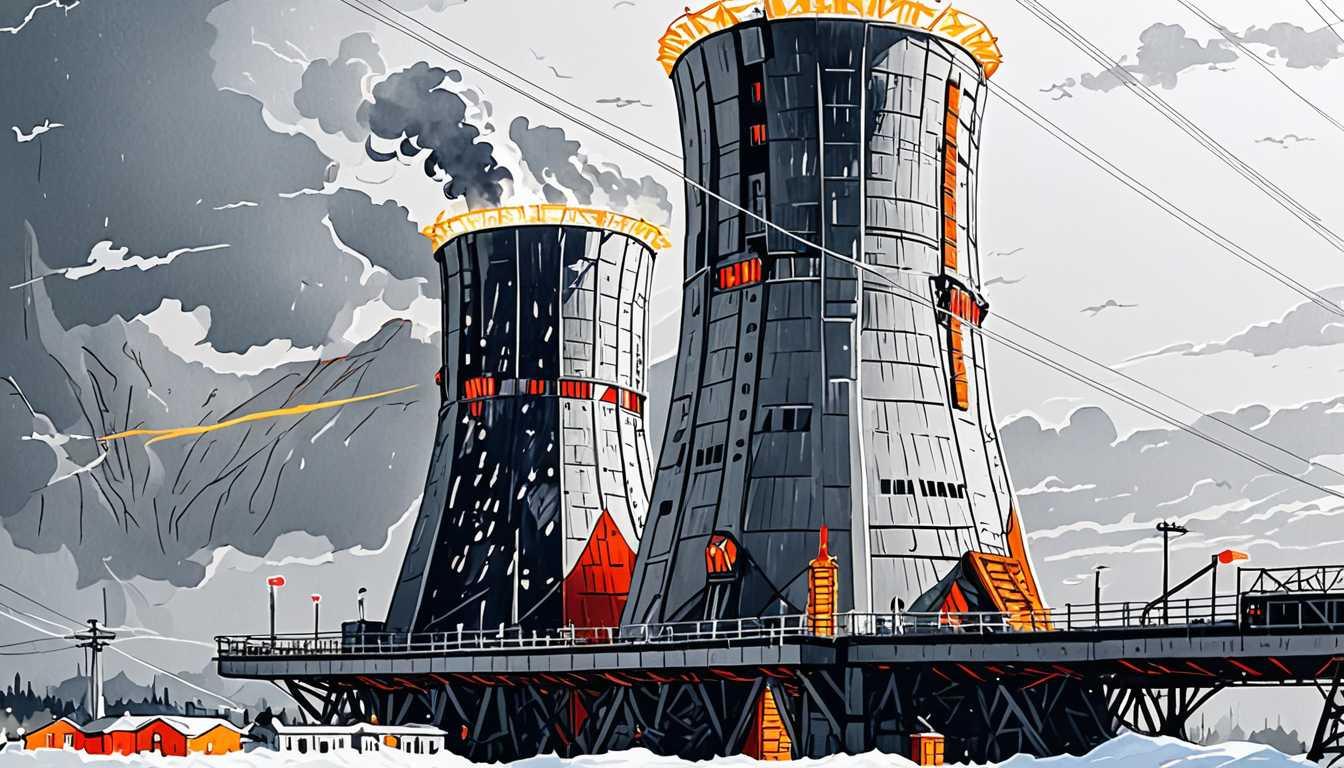Powering the Future: AI Meets Clean Energy
October 2024
MIT Technology Review
Introduction
Hey there, future innovators! Dive into this riveting article from MIT Technology Review, where the worlds of artificial intelligence and clean energy collide! Discover how AI's insatiable thirst for power could kickstart groundbreaking clean energy technologies. Did you know that by 2026, AI data centers could demand enough electricity to power three New York Cities? Don't let the competition (cough, China!) leave the U.S. behind. Read on to see how we can fuel the future without burning out our planet!
READ FULL ARTICLEWhy It Matters
Discover how this topic shapes your world and future
Powering the Future—AI Meets Clean Energy!
In today’s world, artificial intelligence (AI) is more than just a tech buzzword, it's a game-changer that could dictate the future of global economies. As countries race to harness AI technology, a critical aspect often overlooked is the energy required to power these advanced systems. AI demands an immense amount of electricity, which presents a unique opportunity to innovate and expand clean energy solutions. By understanding this intersection between AI and energy, you can see how it not only influences technological advancements but also shapes job markets, environmental policies, and even international relations. As students, you have a chance to be part of this exciting evolution, either by pursuing careers in tech and energy or simply by becoming informed citizens who can impact future decisions.
Speak like a Scholar
Geopolitical
Relating to the effects of geography on international politics and relations. Understanding how countries interact based on their locations and resources can help us grasp global issues like AI and energy.
Power Density
The amount of power (electricity) generated per unit area or volume. For instance, AI data centers require high power density to function efficiently.
Baseload Power
The minimum amount of power that must be supplied to the grid at all times. It’s important for ensuring that energy is always available, especially for energy-hungry technologies like AI.
Nuclear Fusion
A process where two atomic nuclei combine to form a heavier nucleus, releasing a large amount of energy. This has the potential to provide a nearly limitless source of clean energy if successfully harnessed.
Infrastructure
The physical systems and structures needed for the operation of a society, such as roads, bridges, and power lines. Upgrading electricity infrastructure is crucial for supporting new technologies.
Capital Intensity
The amount of financial investment required to start or maintain a business. Clean energy technologies often require significant capital to develop and deploy.
Independent Research Ideas
The Role of AI in Energy Innovations
Explore how AI can optimize the development of new clean energy technologies and improve energy efficiency. Investigating this could reveal groundbreaking ways to enhance sustainability.
Comparative Analysis of Global Energy Policies
Study how countries like the US and China approach energy policies concerning AI development. This could highlight diverse strategies and their implications for global competitiveness.
The Future of Nuclear Power
Investigate the advancements in nuclear fission and fusion technologies and their potential impacts on energy supply. This could open discussions on safety, sustainability, and public perception of nuclear energy.
Infrastructure Challenges in Energy Transition
Analyze the current infrastructure and its ability to meet the growing demands of AI and clean energy technologies. Understanding these challenges can lead to innovative solutions for energy distribution.
Socioeconomic Impacts of Clean Energy Adoption
Examine how transitioning to clean energy affects job markets and economic opportunities in various regions. This could provide insights into the social implications of energy policies.
Related Articles

Three Mile Island: A Nuclear Comeback Story
September 2024
MIT Technology Review

Cooling Future: Moisture's Big Chill
July 2023
MIT Technology Review

Sodium: The Future's Battery King?
May 2023
MIT Technology Review

AI's Energy Gluttony: A Climate Conundrum
May 2024
MIT Technology Review

Thermal Batteries: Future of Energy
April 2024
MIT Technology Review